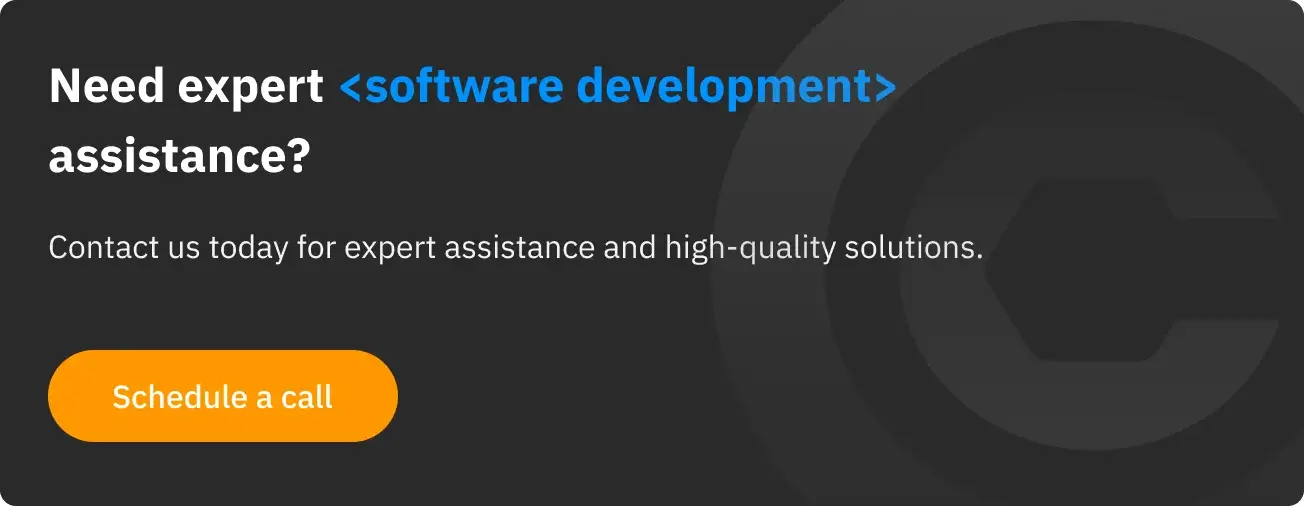Learning management systems for schools associate with education hubs that allow creating, managing, and evaluating learning activities, and provide needed tools for collaboration among students and teachers. It means that such LMS support distance online education. Due to the situation provoked by COVID-19, they are being widely used all over the world.

The functionality of LMS includes administrative and managing instruments, quizzes, surveys, assessments, tracking, reporting, messages, notifications, etc. These functions and capabilities are gradually being improved. For example, administrative tasks are getting easier, teachers can be provided with instruments that simplify the assessment, evaluation and cheating detection, meanwhile, students have access to LMS for e-learning on-the-go, passing individual programs, or studying the lessons that they missed in the event of illness.
In addition to the above-mentioned peculiarities, LMS for school has numerous benefits, namely:
- Class materials can be distributed in the most efficient and accessible way.
- Materials and sources of information are available in different formats, from video and simple texts to interactive infographics, podcasts, or screencasts. Also, teachers can create a content library that covers various topics.
- Parental access is possible to be built in the e-learning platform. It serves not for strict control but for understanding how to provide a child with needed help and support.
- Assessment can be conducted in multiple formats. Short quizzes in learning management systems for schools are often combined with questionnaire or test that includes multiple choices.
- Personalization for every student can be envisaged in terms of creating a unique program according to individual skills or preferences.
- Collaboration and communication between people who use LMS are organized with the help of private channels, general chats, groups, in-built forums, etc.
- The level of learner engagement can be significantly improved by a well-prepared LMS where information is provided in different forms.
- Storing of data related to students’ attendance and assessment allows teachers to identify those who need additional help, decide to amend the learning program or highlight students that are gifted in any subject.
An extensive list of benefits of LMS for educational institutions makes clear its current popularity. But the question remains, how to develop learning management systems for schools from scratch? Let’s find out the main steps that will lead to success.

Step №1: Prepare the project plan for the LMS
The project plan for the LMS is the initial stage. The customer should answer the basic question:
What problems will your school solve with the help of the learning management system?
LMS can be used as an add-on to full-time learning or for conducting remote classes. Depending on these peculiarities, you decide what functions must be included in LMS. In a well-considered learning management system developers include features, as follows:
- Assignment.
- Assessment.
- Grading.
- Various channels of communication.
- Instruments for tracking, reporting, or preparing any type of content.
- Personalization tools that help to prepare individual programs and materials, which meet users’ requirements.
- Multiplatform access (an average student uses a smartphone or tablet more often than a laptop, so the design of LMS must be responsive and flexible).
- Feedback from the students that can evaluate the teacher and the course.
Do not ignore the interests of all persons who will use LMS. Work with the audience, including students, parents and teachers, to find out their needs and wills. The best way to conduct such research is to prepare a survey with basic questions. They must help to understand whether potential users are good enough with technologies, can navigate through the learning management system, and are interested in such a platform. Their wishes must be taken into account while preparing the final version of the project plan for LMS.
On average, the process of the project plan creation involves 30–40 staff members, school principals, students, and administrators. As a result of their interaction, it becomes clear what “must-haves” should be considered in the learning management system for the school.
Step №2: decide which budget can be affordable for the school
How much money can you spend on the e-learning platform for school? What pricing model will be optimal?
Due to eLearning Industry, the average price of the learning management system ranges from $4000 to $7000. Self-hosted LMS costs nearly $25 000.

Anyway, the cost of the learning management system depends on the pricing model that you choose:
- Pay-per-learner.
The use of LMS has a fixed price that is connected to the number of students who use the system. It can also be an additional fee for creating a new account. In such cases, schools’ administrations predict expenses. Payments are made monthly or annually. Sometimes the total price is formed in accordance with the number of modules that are being used.
- Pay-as-you-go.
You pay only for what is in use. This pricing model can be optimal if the learning management system for school is being considered for additional non-mandatory courses when the level of demand for learning is not clear.
- Licensing fee.
The educational institutions or companies pay for the periodic license. The price depends on the features of the LMS. Such an approach fits the needs of large enterprises and educational institutions.
- Open-source.
Access to these systems is free. But the setup, customization and maintenance are mandatory for normal use. If you choose an open-source, free of charge learning management system for school, you need experienced IT specialists who can customize LMS and provide maintenance in the future.
- Custom LMS.
It’s a unique e-learning platform. The price depends on customer needs. Developers build it from scratch taking into account the type of school (primary, middle, or high), preferred tools, and possibilities to create new content, prepare quizzes, conduct tests, grade students’ works, etc. Also, they pay attention to whether the customer needs a virtual classroom or any additional functionality.
Customers should provide the software development company, which prepares the learning management software for schools, with the approximate list of features. These features must be based on the type of educational institution.
A small school that focuses on one type of educational level should purchase an LMS very carefully to avoid overpayment for extra functions. For example, the primary school doesn’t need online quizzes or any complicated and comprehensive tools.
Speaking about the medium-sized schools, we should mention that they, as usual, have a larger budget and can afford modern LMS with advanced functionality that includes online creation of courses and various assessments.
Large-sized schools serve students in different grades. Therefore, advanced functionality and flexible customization abilities are mandatory for them. Such schools need different features – from quizzes and assessments to dashboards, virtual classrooms for video conferencing, independent microtrainings, and even gamification elements.
Note that learning management systems for schools must handle peer-to-peer interactions and provide students with needed tools for communication. Also, e-learning platforms for schools should be responsive to work fine on different devices. These features are mandatory and must be included in the basic price.
Step №3: Implement your plan with the help of an experienced software development team
You won’t fall at the first hurdle if you choose a software development company with a high level of expertise. After learning your needs and preferences, the team will build a learning management system for the school. This LMS stores grades, curricula and various modules, provides users with instruments for public or in-house communications, the center of assessment, document storage, etc.

If you choose the suitable software development company, stakeholders will benefit from LMS:
- Students learn following individual plans that fit their needs and abilities. They can study wherever and whenever they want. Gamification elements make this process more engaging.
- Educators can use convenient instruments to personalize each student’s course and to assess students or track their activity. Teachers are freed from routine paperwork. They quickly analyze students’ progress and give them valuable pieces of advice that help to boost performance. Teachers don’t get tired while they prepare individual materials. At the same time, they do not lose contact with students thanks to virtual classrooms.
- Parents are able to check the detailed results of the students and find out subjects that need extra attention.
- Administrators can save time while adding new materials to courses.
- Schools can earn extra money by providing courses for external users outside the school.
Step №4: Adding materials and previous testing with subsequent improvement of the system
The best option to improve the existing learning management software for schools is to test it with the help of stakeholders. Try to implement it by building MVP. An MVP is the basic version of a learning management system for schools that includes only core functionality. Materials that are added to the LMS programs or even MVP must correspond with the curriculum. If the survey shows that MVP has flaws, the software development company must correct them before presenting the final product.

The process of learning can become more efficient if you pay attention to data and reports. These features include the system of progress reporting, time tracking for classes and courses, feedback from students who have finished the course, assessment of the teacher and material, the analytical instruments related to the level of students’ participation and engagement. Reports can be generated in the automatic mode. This data helps with continuously improving the learning management systems for school.
To sum up, the step-by-step guide mentioned above implies your participation in the creation of an e-learning platform for school. It’s an obligatory condition when you need convenient LMS that is adapted to your needs. Anyway, the process is based on your needs and preferences.
Due to eLearning Industry, the average price of a learning management system ranges from $4000 to $7000. Self-hosted LMS costs nearly $25 000. But, of course, you can save a pretty serious amount of money by purchasing an LMS in CyberCraft. Our team has relevant experience and cases related to the creation of learning management systems for schools.




